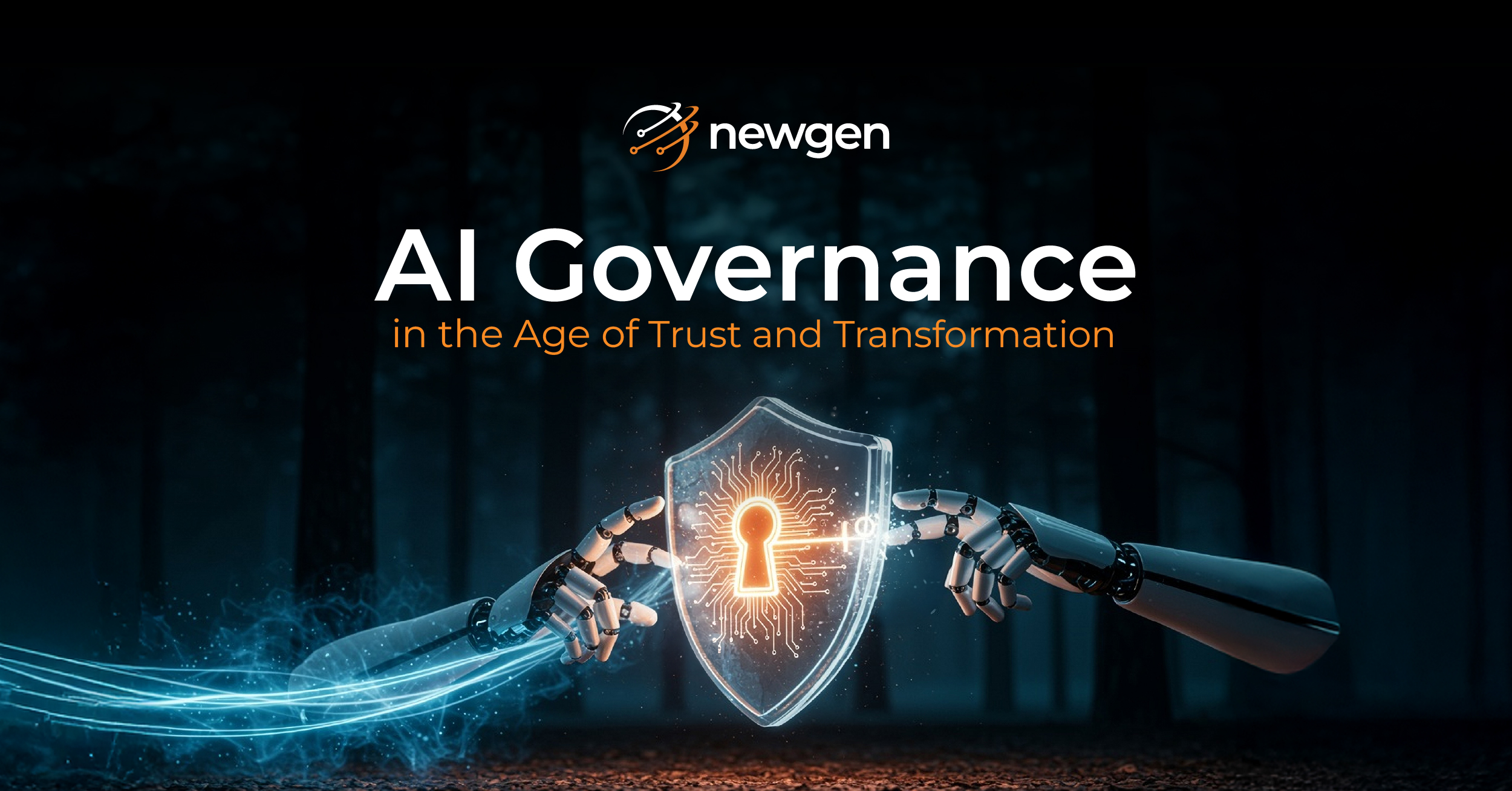As a business, you communicate with your customers all the time. At least, you ought to where you are required to. Even businesses that are not very actively communicating with customers are required to send out transactional communication, such as a statement of accounts, billing and payment information, and status of transactions. These customer touchpoints are the ‘Business Moments’ that make or break the deal in a highly competitive environment. Smart enterprises are quick to realize the hidden opportunities in them, which when leveraged fully can let organizations go beyond customer servicing and create incremental value at every step.
What Has Changed in Customer Communication?
In the ‘Digital Age’, the principles of advertising and marketing have experienced a paradigm shift. The focus is now on delivering right message at the right time and the right place, with a touch of personalization. The battle ground has also moved – From mass advertising platforms such as billboards and television advertisements to more targeted channels such as the Social Media and Direct Mailers.
What Do You Need to Do?
Every organization strives to become customer centric in the way it operates. For that they must track each customer interaction and make the best use of it. Transactional outbound communication forms a crucial customer touchpoint wherein periodic communication is being sent to customers. In the past, organizations have chosen to ignore the immense potential of this critical function, relegating its creation, delivery and administration to back offices. Transactional communications with customers including delivery of invoices, statements, contracts etc. were seen as just a statutory imperative with very little scope of personalization, adding no value to the business.
However, in wake of the heightened competition and rising cost of acquiring new customers, organizations are now looking at it as a source of distinct competitive advantage. Leading global enterprises are looking to implement pervasive customer communication management strategies for delivering accurate and relevant information across highly distributed customer base.
Documents such as bank statements, credit card statements or bills, and invoices have become valuable assets that offer real estate for enterprises to publish contextual information, enhancing opportunities for cross-selling, up-selling and even building up referential prospects base. Regardless of the format in which these documents are consumed (digital or physical), intelligent messaging and campaigning through these documents can help an enterprise traverse the last mile between a happy customer and a loyal customer.
What Stops You from Doing What’s Needed?
Unfortunately, the use of these documents as marketing tools continues to remain marginal. The hindrance is not just the lack of realization of these hidden opportunities, but often it is about not having the capability to execute such intent.
Enterprises are hindered by the lack of the right technology which can turn their outbound customer communication management (CCM) into tools that will drive brand loyalty, gain valuable customer insights and deliver exceptional customer experiences. Without such technology, the people tasked with executing it get bogged down with the manual and cumbersome process making it hard to maintain quality and consistency of such integrated customer communication management.
How can the Right Technology Help with Customer Communication?
An integrated statement generation approach with a centralized content repository to manage marketing content provides a holistic solution to deliver rich statements that has relevant offers and increases the opportunity to cross sell/up sell. Attract and retain more customers, create tailored collaterals and deliver a proactive marketing outreach program.
It goes beyond merely automating the content or document production process, and requires a set of capabilities, such as –
- Strong document composition design capability for business users, and being able to do it without dependency on technical folks and IT.
- Integration with other enterprise applications and a natural extension into workflow, business process management (BPM) and enterprise content management (ECM) capabilities.
- Built-in workflow capability for control and flexibility over the production process, including mechanisms for human interventions, revisions and sampling of outputs.
- Ability to view/send statements as prototypes before the entire batch is initiated.
- Dynamic content management to maintain central marketing repository with ease of maintenance as well as authorization based access, instead of scattered and local copies of content & documents
You might be interested in





